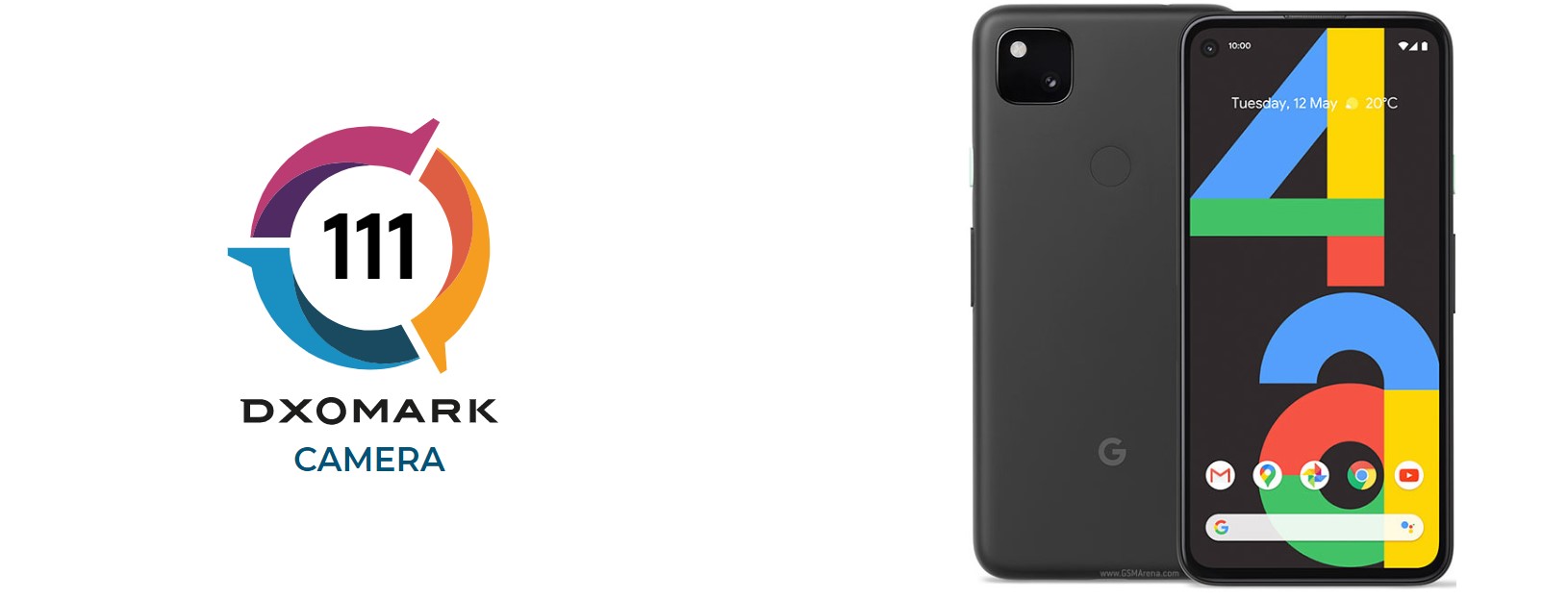Google’s Pixel 4a has a single rear camera. Now, if you think that’s pretty dull compared to the 2020 standards, take a look at what DXOMARK has to say about its rear camera performance.

Right off the bat, if we look at the overall score, the Pixel 4a gets 111 points. That’s a pretty good leap from the predecessor(Pixel 3a– 101 points) despite having a similar lens. This is by no means comparable to the top contenders like Huawei, Xiaomi, and Vivo. Still, Pixel 4a reportedly fares well in Camera, Video with just one lens. In fact, it scores a respectable 122 points in the Photo category.
Google’s Pixel 4a was announced back in August. It is a budget offering from Google to compete with the likes of Apple’s iPhone SE 2020. You can take a look at the hardware specs of the Pixel 4a rear camera below:
- 1×12.2MP 1/2.55-inch sensor with 1.4µm pixels.
- f/1.7 aperture with 27mm FL(Focal Length)
- LED Flash
- Features: Dual Pixel PDAF, OIS, 4K Video at 30fps, 1080p at 30/60fps, gyro-EIS(Electronic Image Stabilization).
So, if you are wondering how to take portrait shots as there is no depth/Telephoto lens here, Google does it via Computational techniques. Also, if you need Portrait photos at night, you can get help from the LED flash. Apart from OIS(Optical Image Stabilization) on the primary sensor, the video mode on Pixel 4A also gets EIS.
Pixel 4A Camera: Pros and Cons
DXOMARK says the image quality of Pixel 4a is similar to yesteryear Pixel 4. It has good color reproduction, autofocus, exposure, and artifacts control. In the video category, it scores 98 points which is better than the Pixel 4. However, despite having good colors, autofocus, and noise levels, overall video quality seems to be well behind the competition.
Overall, if we look at the Pros, it has good exposure, autofocus, white balance(night) in Photos, and good vivid color reproduction(indoor, outdoor), outdoor noise levels in videos.
However, it has Cons like restricted dynamic range, orange color cast, low detail in Photo and video. Additionally, it also produces Autofocus failure in long-zoom, limited Portrait DOF(depth of field).




